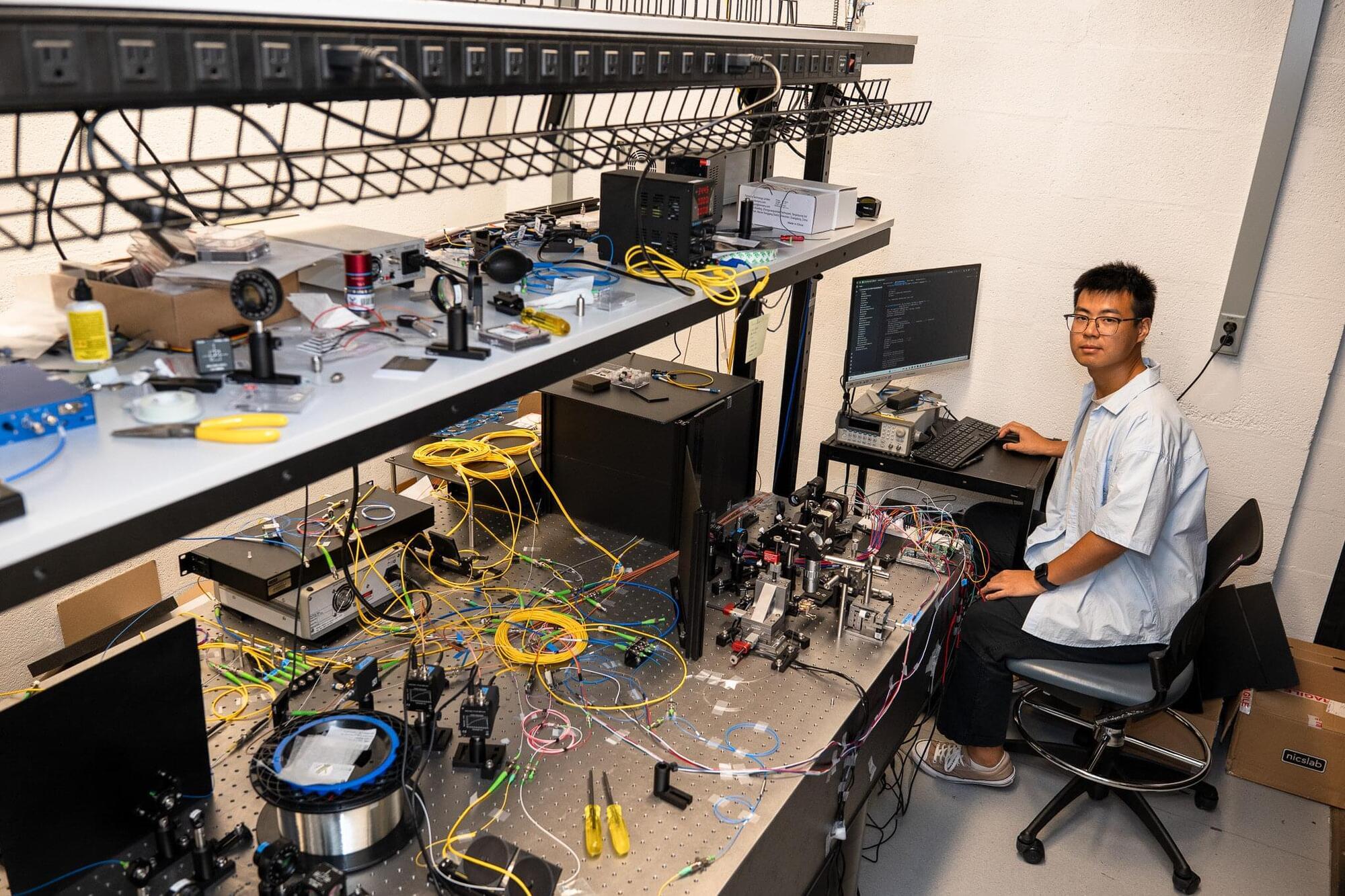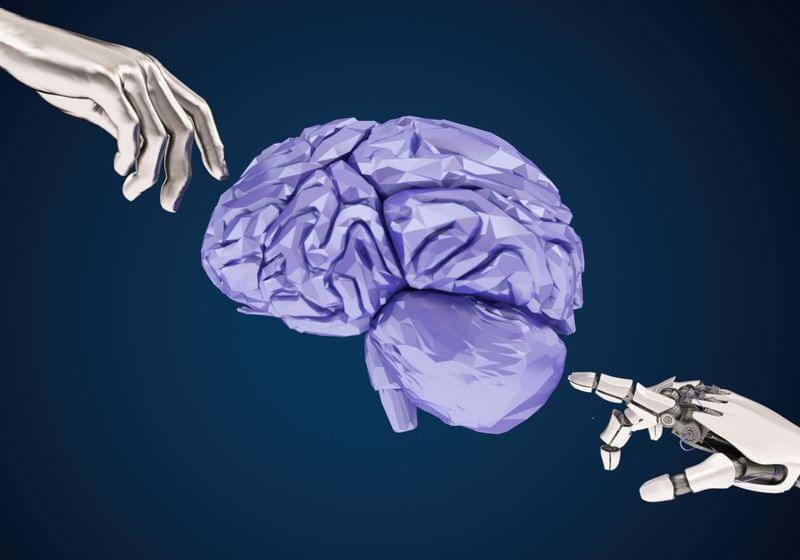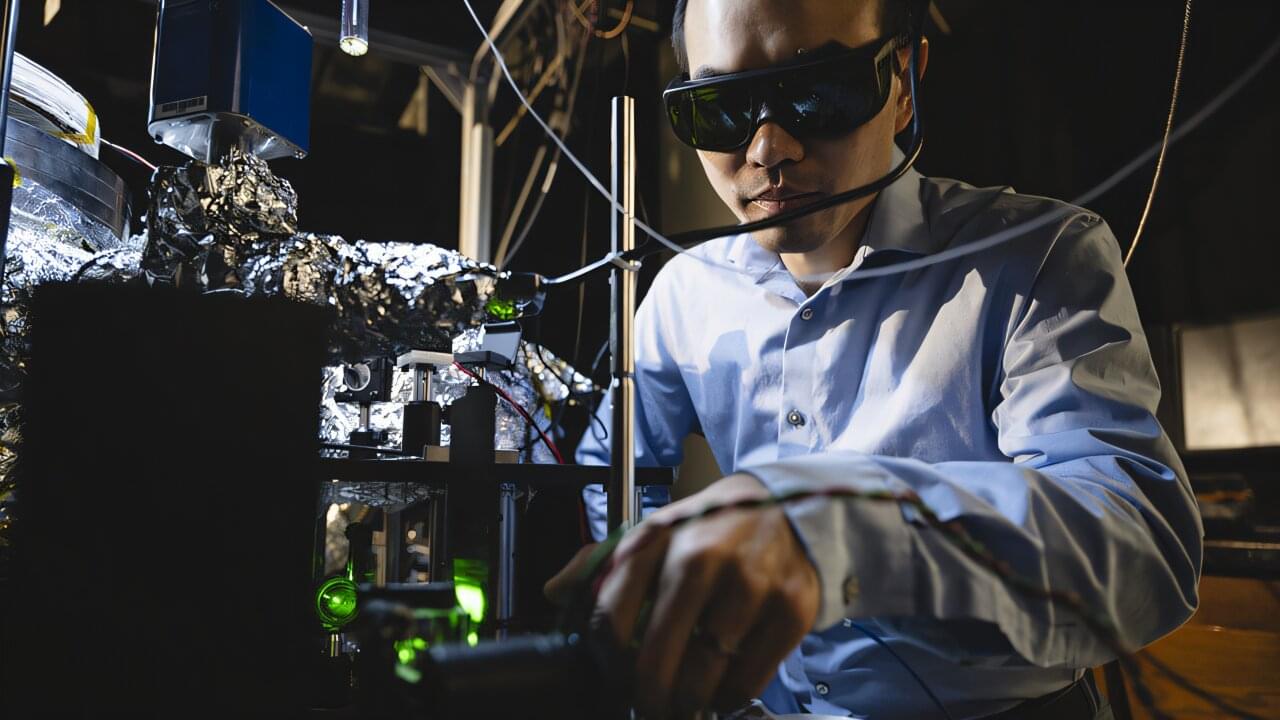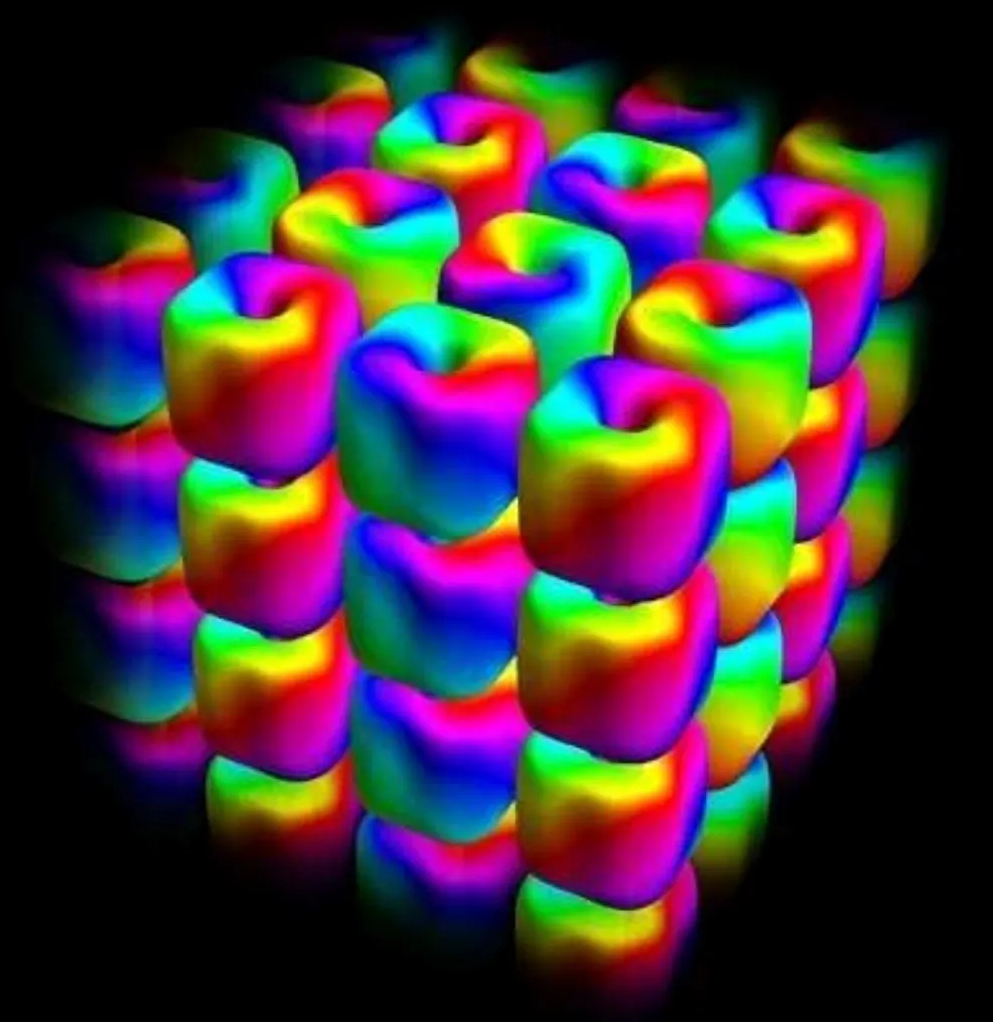China initiated its first multi-center clinical trial for brain-computer interface technology in neurocritical care on Sunday, marking a significant expansion of BCI applications beyond the rehabilitation of motor and cognitive functions.
The trial, launched in Tianjin, aims to explore new therapeutic approaches for severe neurological conditions.
Led by the Haihe Laboratory of Brain-Computer Interaction and Human-Machine Integration at Tianjin University and Tianjin Huanhu Hospital, the project brings together leading medical institutions from Beijing, Tianjin, Henan province, and other regions.
“This initiative will pave the way for broader medical applications, offering Chinese technologies, standards, and protocols for precise management of neurocritical conditions,” said Liu Xiuyun, deputy director of the Haihe Laboratory.









